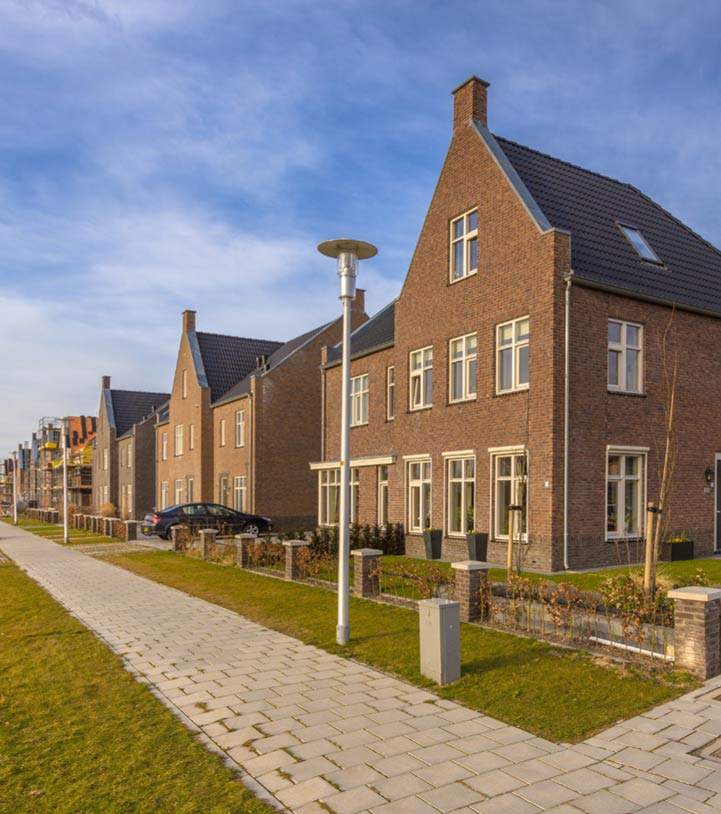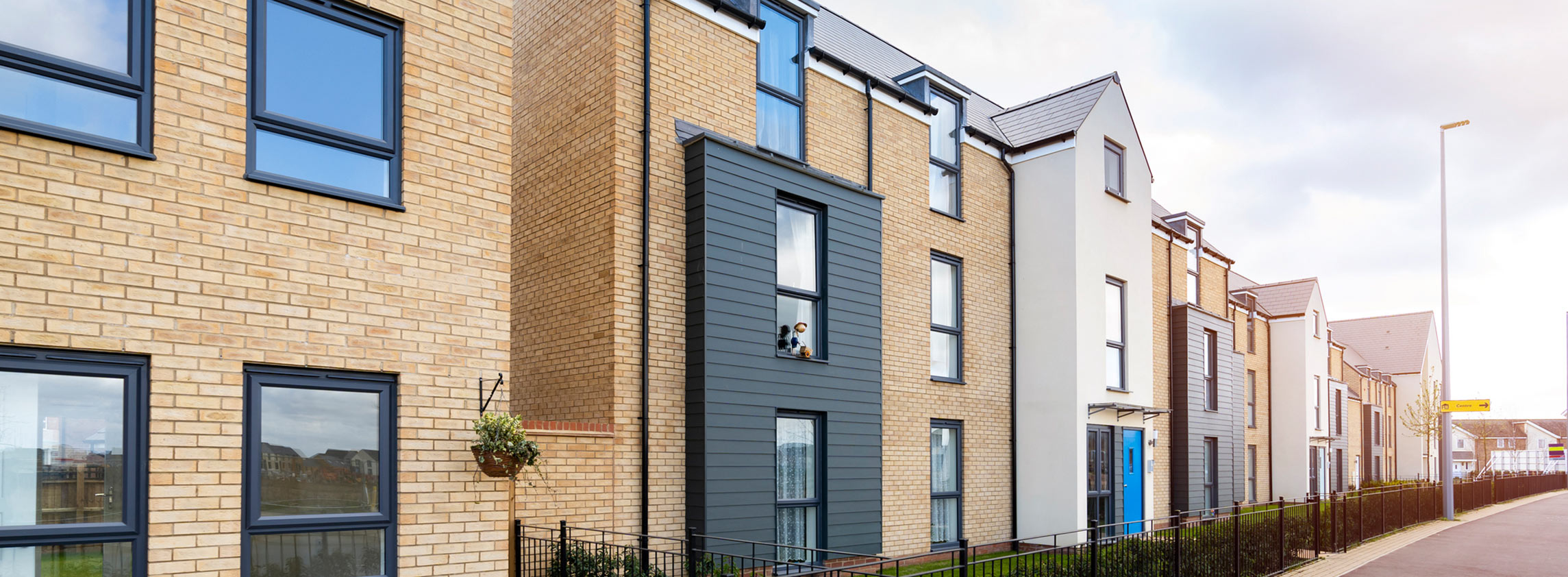How will developers need to adapt to Help to Buy changes?
The new build market has experienced record levels of demand over the last year. Savills regional new homes reservations were up 23% in the first half of 2021 compared to the first half of 2019 (a more normal year than 2020). Similar to the wider housing market, demand has been fuelled by those re-prioritising what they want from a home after lockdown, with an additional boost from the stamp duty holiday. The ‘race for space’ has particularly benefitted markets outside of London.
So how will demand shift now the full holiday has ended? It’s likely some of the heat in the market will cool, but with regional new homes reservations in June still 5% higher than the monthly average between 2018 and 2019, it’s unlikely to be a dramatic drop-off.
Nevertheless even with demand remaining high, that’s not to say there aren’t still challenges in the new build market that developers will need to consider.
Breezy outlook
Against the backdrop of strong demand for new homes, there are a number of headwinds that will continue to challenge developers both looking for new sites as well as completing existing ones.
One well reported challenge continues to be material and labour shortages. Almost 60% of respondents to HBF’s survey considered material availability a major constraint, the highest rated factor alongside planning delays. And costs are likely to increase going forward with Arcadis forecasting tender price inflation for regional building construction at 16% by 2025, though house price growth is forecast to outweigh this.
But in the short term this means we’re likelyto continue to see a shortfall in new homes starting construction, which have not recovered from lockdown at the same rate as those completing – in the year to May 2021 the number of new homes starting construction was still -18% lower than in the year to May 2019.
And for those developers looking for new sites, the dwindling supply endures. Private rented stock still accounts for a significant amount compared to that for market sale. In the build to rent sector there are 76,000 homes outside of London either under construction or in the planning pipeline. Alongside the slowdown in new sites starting construction, this means there will likely be less open market new build stock available for sale over the next year.
The end of Help to Buy
Another change developers must consider is what happens to the new build market when Help to Buy ends. A record 8,537 Help to Buy loans were issued in December 2020, likely driven by the first phase of Help to Buy ending this year. Our previous research showed that under the new limits to first time buyers only and regional price caps, the size of home delivered under Help to Buy will need to be reduced in almost a third of local authorities; though of course this reduction is then limited by minimum space standards.
The new price caps also impact viability within each region, disadvantaging more expensive urban markets. But what about when the schemes ends fully in 2023, how will that impact demand for new homes?
Whitehead & Williams’ survey analysis suggested that 37% of Help to Buy users were buyers who could not have bought without the scheme. But that assumes 63% of current users could still buy a new build home, even without the assistance of Help to Buy. This varies depending on market affordability – dropping to 57% in the South & South West, and 59% in London, but up to 70% in the North West. Whilst this suggests a relatively steady seam of demand may remain for new build homes after 2023, key to maintaining current sales rates will be the availability of low deposit options to home ownership alongside other schemes such as Shared Ownership and First Homes.
The announcement of the government’s 95% LTV mortgage guarantee has brought more high value lending options back to the market – with 129 95% mortgage products available in June 2021 up from just 11 in November 2020. But lending specifically for the new build market through schemes such as Deposit Unlock and Market Mortgage will be key for the sector.
How do developers adapt?
The sales market has undoubtedly been strong over the last year, but with these challenges in mind, how do developers adapt to ensure strong sales rates going forward?
One key aspect will be keeping ahead of market demand, and particularly how buyers’ priorities are changing post-Covid. Within the home, more living space and a separate working from home space were ranked more highly by buyers than an extra bedroom in our June 2021 buyer survey. So prioritising a study over a bedroom may be a way to combat regional price caps for upcoming Help to Buy stock.
And placemaking and the integration of green space is likely to be an ongoing priority for many, with a park or open space rated as the most important amenity for buyers to be near. Transport has fallen back as a priority with only 26% of our respondents ranking it as their first or second preference as more people adopt flexible working. This will be a key consideration for developers when choosing sites in the future, with perhaps less of a focus on locations close to transport hubs.

